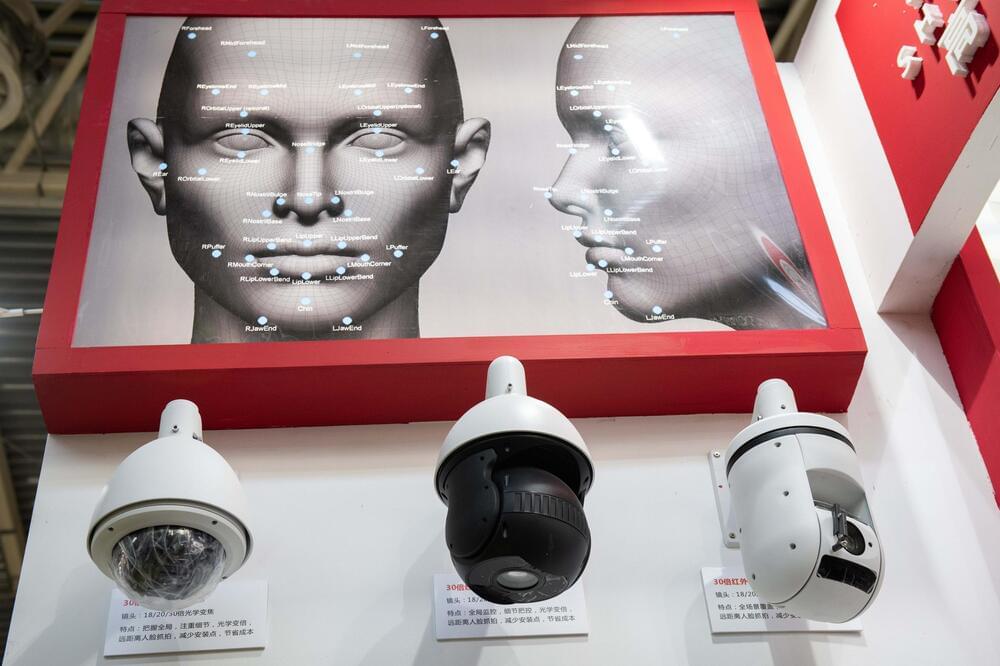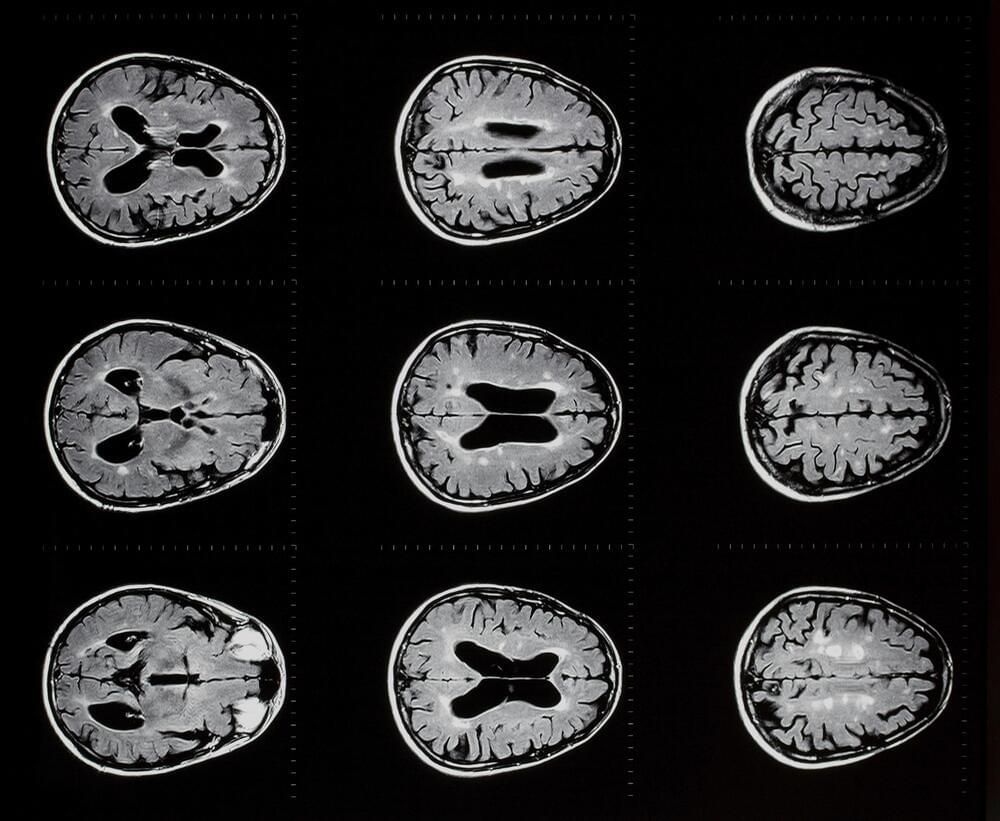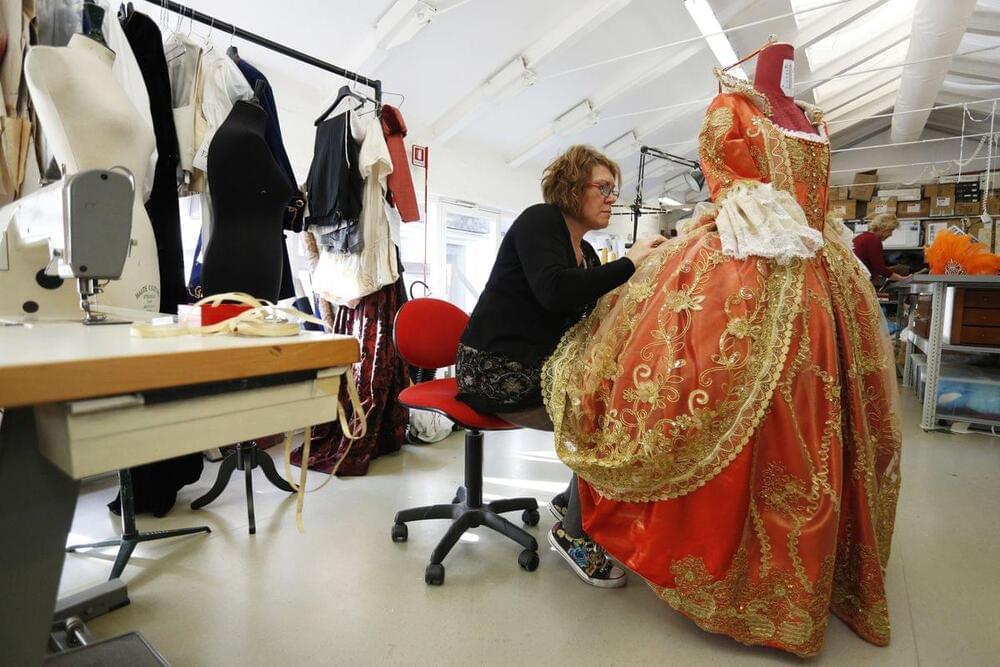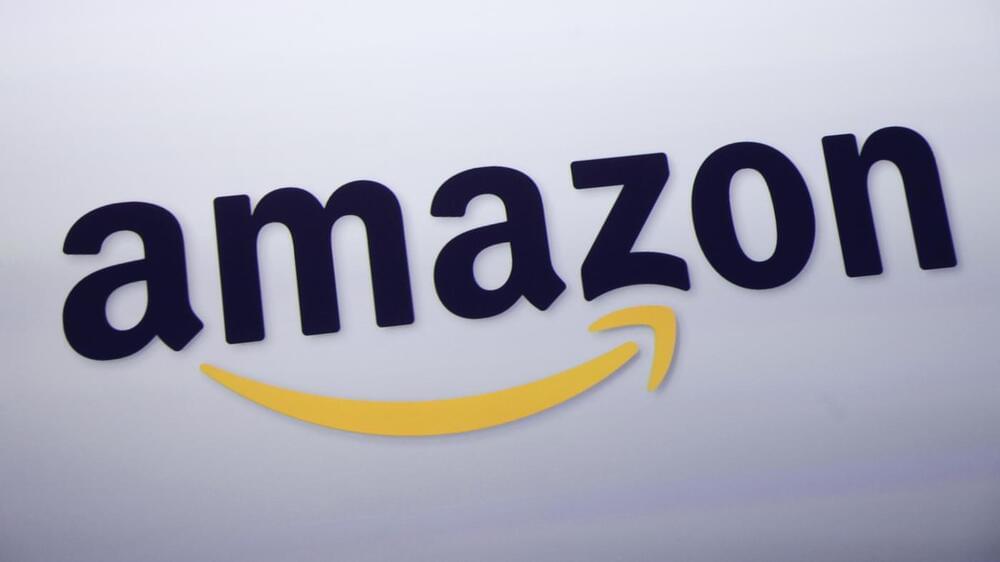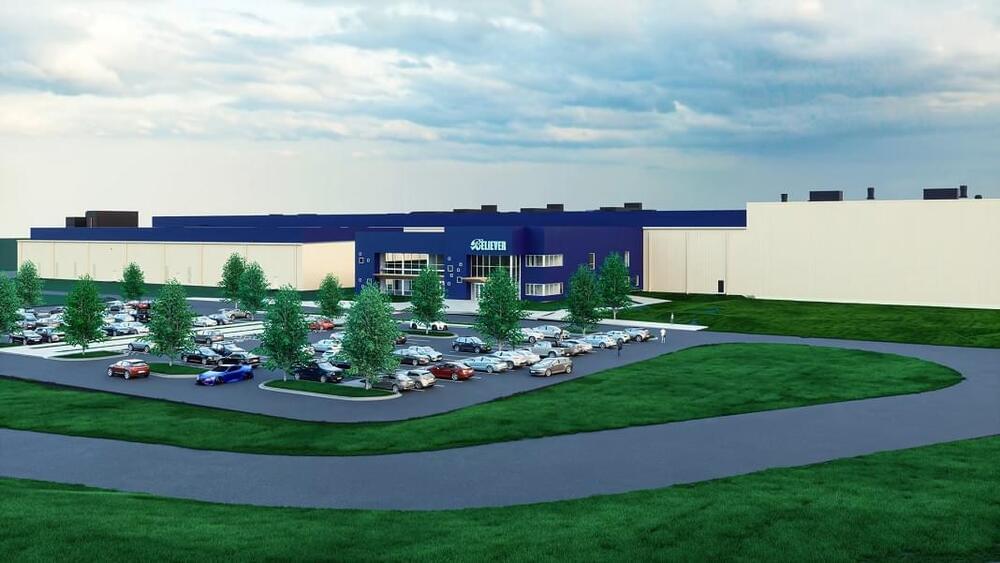If all the hype around ChatGPT, Dall-E, Tesla’s Fully Self Driving mode and *ahem* Q.ai, has shown us anything, it’s that artificial intelligence is here to stay. The knee jerk reaction from many old fashioned meat machines, sorry, humans, is a concern around what this means for their income.
For years now, we’ve been told how AI is going to take our jobs, and it’s true that in many industries, machines, robots and other technology have cut workforce numbers dramatically.
With that said, many of the jobs being taken by AI so far are often considered dangerous, repetitive and boring. There aren’t too many people out there who are going to get great job satisfaction from turning the same 5 screws on a production line for 40 hours a week.
